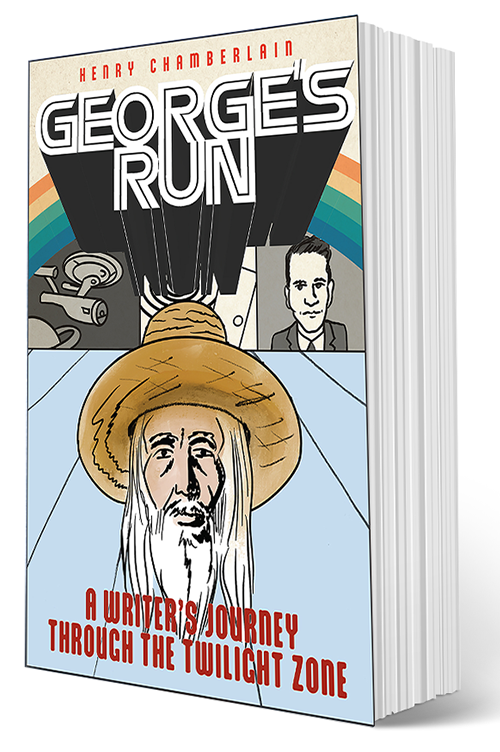
Advocate. Eddie Ahn. Ten Speed Graphic. 2024. 208pp. $24.99

Eddie Ahn learned early on that the only way to really make a difference demands hard work and dedication fueled by passion. You see that zeal on every page of his debut graphic memoir. Taken as a whole, the book runs at a steady clip which evokes the life of a bright and sensitive young man determined to help his family and community. What’s remarkable is that Eddie Ahn managed to put in the time and energy to become both a successful environmental lawyer in San Francisco and a brilliant cartoonist. This is the story of the titular advocate and storyteller.

With great humor and insight, Ahn seamlessly takes the reader along for a ride that covers his journey of self-discovery. Comics, especially nonfiction comics, tends to be a balancing act of editing and boiling down to the prime facts while not losing any of the flavor. So, you have here a wonderful back and forth narrative wave dipping down to a granular level then back up to a big picture view and so on. Ahn is not afraid to shift the timeline as needed and do some nonlinear fancy footwork. There’s one segment where the story is comparing events a decade apart: a medical trauma that Ahn experienced in 2008 compared to a medical trauma experience by his mother in 2017 and it works beautifully. A lot of this story deals with family and how one person’s journey is influenced by decisions made going back generations. In that sense, seeing one’s destiny as the culmination of countless decisions, illuminates Ahn’s circuitous path that led him to his relatively unlikely but quite successful career in fighting for environmental social justice.

Coming from a mixed race background as I do, my father Anglo and my mother Mexican, I can certainly relate to Ahn’s point of view as he sees life through the prism of a Korean American. That strangers-in-a-strange-land saga, that is the legacy of the immigrant experience, is evoked so well by Ahn as he shares his parents’ vision, ambition and struggles, always striving for and measuring success. When have you reached your goal? Once you have achieved the American dream of buying a house? Once you have amassed enough wealth that you can easily purchase a new luxury car as a thank you gift to your parents? Ahn dissects all these efforts, misgivings, and calculations along that ladder climb to success. This book, both inspiring and highly entertaining, is his final report card to his beloved parents. Advocate is not what I expected at first. It’s a refreshing and riveting read, just the sort of unexpected read that will make you want to make your own difference in the world.

Advocate is available as of April 16, 2024, published by Ten Speed Graphic, an imprint of Penguin Random House.



















